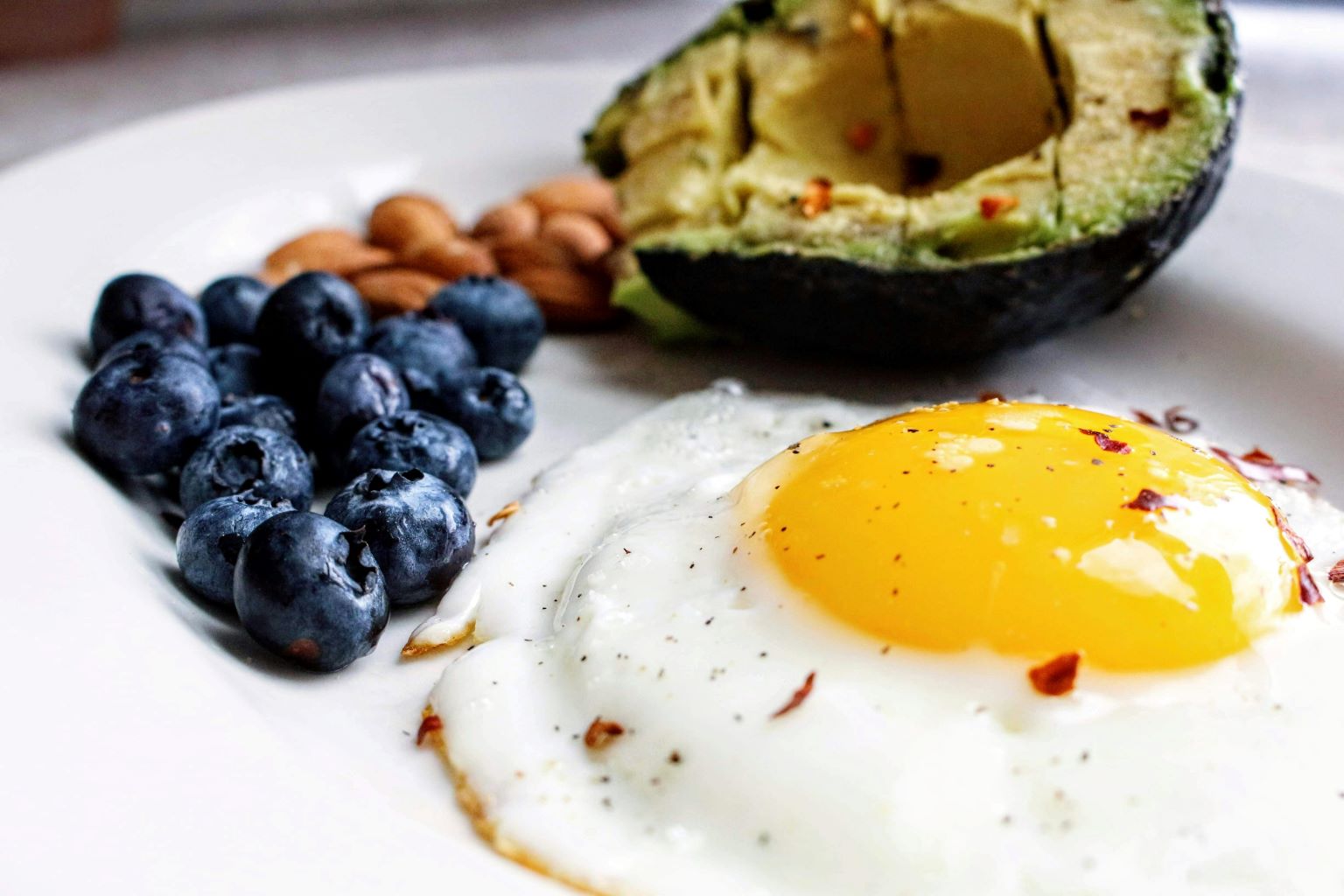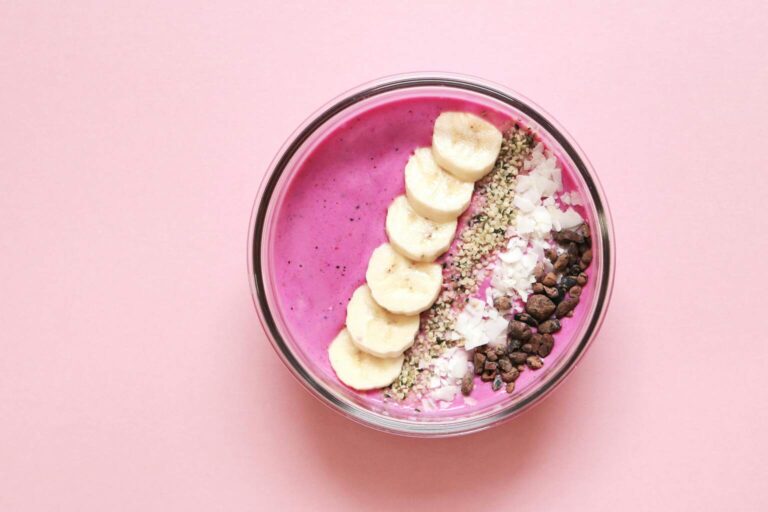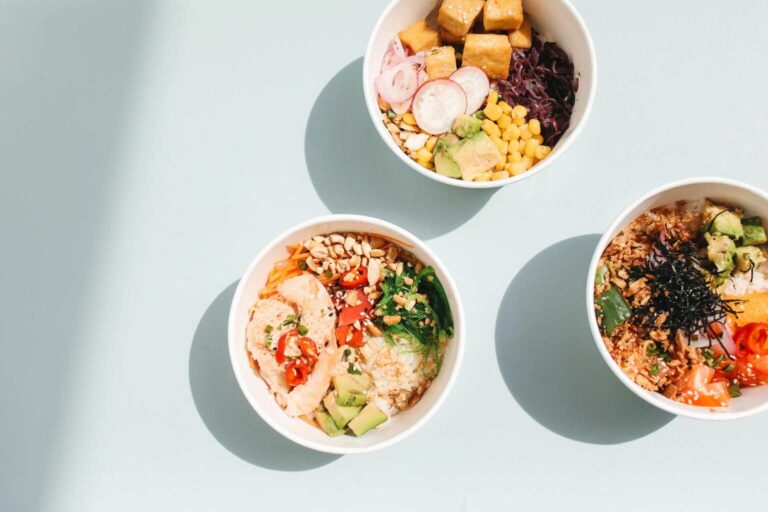The difference between keto and paleo diets can be a confusing one for many, especially since some of the results are the same. Both these diets promise weight loss along with better energy levels and improved health, and both achieve this through low-carb diets. They both share some common ground, such as cutting back on sugar and avoiding processed foods. The core philosophies, however, differ as we shall see.
In this article, we examine the difference between keto and paleo diets and discuss different aspects, such as micronutrient goals to long-term sustainability, and health impacts. This will help you choose the diet that best suits your lifestyle.
Paleo vs Keto: A Quick Overview
At first glance, the paleo vs. keto diet debate might seem contrived as both diets have numerous similarities. Both cut out processed foods, refined sugars and emphasize nutrient-dense meals. A closer look, however, tells a different tale.
The paleo, short for paleolithic, diet takes its name from the manner in which our hunter-gatherer ancestors ate. It promotes food that can be either hunted or foraged. This would include: meat from:
- Meat from herbivores
- Fish
- Fruits
- Nuts
- Seeds
- Vegetables
The diet excludes dairy, grains, legumes, and any processed foods. The goal of the diet is to eat clean, natural foods that support gut health and provide natural energy, without paying heed to micronutrient intake.
The keto, short for the ketogenic diet, on the other hand, consists of eating a low-carb, high-fat, moderate-protein plan that is designed to push the body into a state of ketosis. During this state, the body burns fat as its primary fuel source. Keeping tabs on the micronutrient intake is essential. Carbohydrate intake should be limited to 20-50 grams per day, while fat and protein intake are also regulated.
Research shows that the keto diet may support weight loss and improve blood sugar control. In contrast, the paleo diet has been shown to improve insulin sensitivity and glycemic control, and can improve blood pressure and cholesterol levels. To sum up, keto is about controlling micronutrient intake while paleo is about food quality.
What Is The Paleo Diet?
The paleo diet, also known as the “caveman diet”, takes a leaf out of our Paleolithic ancestors’ book and tries to replicate their diets. The rationale for this diet centers around the hunter-gatherer lifestyles that humans followed for millennia, and that our bodies have now become adapted to this type of diet.
The paleo diet, its proponents say, is a return to basics. It emphasises a diet consisting of whole, unprocessed foods and eliminates many of today’s agricultural products.
- Lean meats
- Fish, shellfish
- Fruits and fresh vegetables
- Nuts and seeds
- Eggs
- Grains like wheat, rice, oats
- Cereals
- Refined grains and sugar
- Legumes like peanuts, beans, and lentils
- Alcohol
- Coffee
- Salt
- Dairy products
- Refined vegetable oils like canola
- Processed foods
The main focus of this diet is on food quality. It does not restrict the intake of carbohydrates, and fruits and starchy vegetables are allowed.
Health benefits and risks of the paleo diet
Some randomized trials have shown greater short-term benefits of a paleo diet over diets based on national nutritional guidelines. These would include:
- Weight loss
- Reduced waistlines
- Decreased blood pressure
- Increased insulin sensitivity
- Improved cholesterol levels
However, it must be noted that there are several concerns regarding adverse health effects. These include:
- The exclusion of entire categories of foods increases the risk of calcium and vitamin deficiency
- Exclusion of whole grains can lead to decreased fiber intake and increased risk of diabetes and heart disease
- High meat intake may result in a higher risk of death, heart disease, and diabetes
Both Matthew McConaughey and Channing Tatum are celebrities who have followed the paleo diet. McConaughey credits this diet with keeping his fat levels low and his muscles lean.
RELATED READING: 17 Great Protein Options For Vegans And Vegetarians
What Is The Keto Diet?
The ketogenic diet was first used in the 1920s as a treatment for drug-resistant pediatric epilepsy. The main focus of this diet is to restrict the intake of certain food types so that the body switches from glucose metabolism to fat metabolism to meet its energy requirements. While there are many variations of this diet, the more popular versions require cutting back on daily carbohydrate intake to below 50 grams. The emphasis is on protein and fat intake, with the former providing up to 80% and the latter up to 20% of daily calorie intake.
Foods you can eat (any amount):
- Meat, processed meat (lean or fatty)
- Poultry
- Fish, shellfish
- Eggs
- Salad veggies, non-starchy veggies
- Fruits
- Cheese
- Avocados
- Butter, cream, mayonnaise, oil
- Olives
Health benefits and risks of the keto diet
Beyond being recommended for those with epilepsy, the keto diet has been recommended for:
- Weight loss
- Glycemic control for those with type 2 diabetes
- Cancer treatment
Because of the many risks associated with this diet, it is best followed under the supervision of a healthcare professional.
Some of those risks include:
- Nutrient deficiency, such as vitamin and mineral deficiency
- Liver damage is possible because of the extra load in metabolising fat
- Kidney damage for the same reasons
- Constipation
- Fuzzy-headedness and mood swings
Several celebrities are big fans of the keto diet. The Kardashian sisters are two famous proponents. Kim Kardashian is said to have lost 60 lbs after the birth of her son, Saint. Her sister Kourtney said it was a “really positive experience”, and managed to get her weight down to 98 lbs.
RELATED READING: 10 Migraine-Inducing Foods You Need To Avoid
What Paleo And Keto Have In Common
Diet is a part of self-discovery. It shows how disciplined and consistent you are. The aim of both diets is to reduce weight along with inflammation, improve glycemic control, and promote natural foods. The difference between keto and paleo centers around the route they take, but they have a surprising amount of common areas. This is especially true when one considers the food types they eliminate and the reasons why.
These are the areas that they have in common:
- Whole foods: Both diets focus on eating unprocessed foods such as fresh veggies, good quality proteins, and healthy fats
- No sugar or processed carbs: Both diets require you to eliminate all sugary treats and snacks, white bread, refined flour, and sugary drinks from your diet
- Eliminate grains: Both eliminate grains such as rice, wheat, and corn as they are linked to blood sugar spikes and digestive issues
- Avoid legumes: Both require you to avoid legumes, but for differing reasons
- Focus on healthy fats: Avocados, nuts, seeds, and olive oil are all encouraged in both diets
Both these diets stress a return to mindful eating and the avoidance of processed foods and sugars in favor of foods that provide natural ingredients to the body. They both require you to eat in a healthy, mindful manner.
Major Differences Between Paleo And Keto
As we have seen, although both these diets share a lot of common principles, the difference between keto and paleo centers around their differing goals and the rules they follow to achieve them. Understanding these differences will help you choose the one most suited to you.
A brief mention here about the Atkins diet. This diet is very similar to a keto diet; in fact, it could be considered to be a type of keto diet. The difference lies in the approach to carbohydrate intake, with Atkins favoring a slow introduction to carbs and keto requiring you to shun carbs.
And if you have ever wondered about keto vs Atkins vs paleo, it should be noted that all three restrict carbs, but for different reasons. Atkins begins with low carbs and gradually increases them, keto maintains low carb levels throughout, while paleo avoids processed foods irrespective of the macros.
These are the areas in which paleo and keto differ:
| Elements | Paleo Diet | Keto Diet |
| Philosophy | Paleo is based on eating natural foods like our hunter-gatherer ancestors, clean, natural and unprocessed | Keto is based on the body achieving ketosis, a metabolic state that burns fat for energy |
| Carbohydrate intake | Paleo allows for more carbs, but from natural sources such as fruits, starchy vegetables, and natural sweeteners such as honey | Keto completely restricts carbs to a maximum of 50 g so as to maintain ketosis |
| Dairy products | Paleo excludes dairy products | Keto includes full-fat dairy products such as butter, cream, and cheese |
| Focus on micronutrients | Paleo does not focus on micronutrients, but emphasizes food quality | Keto requires you to track your intake of carbs, fats, and proteins very carefully in order to maintain ketosis |
| Use of ketosis | Paleo does not require ketosis at all | Keto requires ketosis to burn fat for energy |
To sum up, paleo is more of a lifestyle while keto is a metabolic strategy.
Which Is Healthier: Keto Or Paleo?
Deciding which of the two diets, keto or paleo, is the healthier one comes down to a personal choice. It will depend on your health status, your overall goal, and what is sustainable and for how long. Both come with their own sets of benefits and drawbacks.
Research on the paleo diet has shown that individuals with high cholesterol levels showed significant drops in their cholesterol and triglyceride levels after four months, along with their weight loss. Analysis of their results also found decreases in waist circumference and blood pressure. The findings also suggest that there is a high cardiovascular as well as metabolic advantage to this type of diet.
Studies of people on the ketogenic diet have shown that it helps in reducing fasting blood sugar levels as well as HbA1c levels in patients with type 2 diabetes, while also reducing triglycerides and causing weight loss. Other studies on those who were obese or overweight confirmed that keto had a superior impact on weight, glycemic markers, and lipid profiles, whether or not they had diabetes. The keto studies, however, do come with several caveats and require careful planning to avoid nutrient deficiencies from arising. They may also cause side effects, and individuals require careful monitoring of their liver and kidney functions.
The bottom line is this:
- The paleo diet requires a cleaner, more flexible lifestyle with benefits for cardiovascular health and metabolic wellbeing.
- The keto diet is a choice if your primary goal is a metabolic transformation with rapid blood sugar control and weight loss. Epileptics will also benefit from this diet, as will people with certain neurological conditions, but these should only be undertaken under medical supervision.
RELATED READING: 8 Foods That Are Harming Your Gut Health
Final Thoughts: Which Diet Is Right For You?
At the end of the day, the choice between paleo and keto isn’t about which one is better but about which one suits your body, lifestyle, and long-term goals. If following a regimented structure is your thing and you need rapid results, then keto may be the one for you. But if you prefer a more sustainable approach that is rooted in healthy eating, paleo may suit you better.
Either way, success lies in being able to consistently follow your diet plan and how well it fits into your lifestyle. You should learn to listen to your body and be sensible in your eating habits if you are to succeed.
FAQs
1. Can you combine paleo and keto?
Yes, you can follow a combination of both diets. It is known as “ketopaleo” and requires you to eat whole, unprocessed foods while keeping carbs low enough to maintain ketosis.
2. Which is better for weight loss – keto or paleo?
Keto typically leads to faster weight loss but is dangerous to maintain over a long time. Paleo may be easier to sustain in the long run, although the results may not be as dramatic.
3. Is keto or paleo easier to follow long-term?
The strict limit on carbs makes keto riskier and more difficult to maintain. Paleo is an easier diet to stick to as it allows a wider variety of foods to be eaten.
4. Do either of these diets work for diabetics?
Yes, both diets help manage blood sugar and improve insulin sensitivity.
5. Are there any side effects of keto or paleo diets?
Keto may cause constipation, fatigue, or “keto flu” in the early stages, while paleo can cause certain nutrient deficiencies if not planned carefully.




